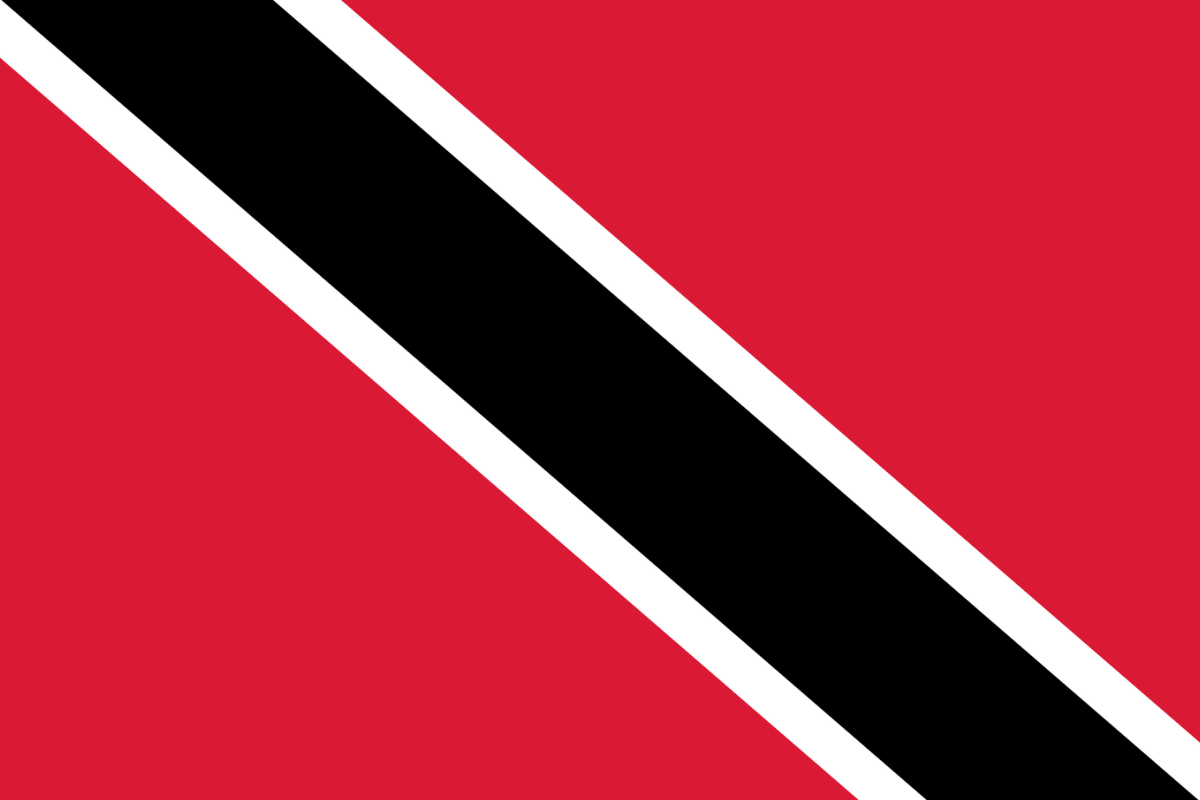The national animal of Trinidad and Tobago is the scarlet ibis. This striking red bird inhabits tropical South America and, naturally, parts of the Caribbean. In form it is much like other members of its species except for its remarkable red color. They are very important national symbols in Trinidad and Tobago.
Tropical birds are often among the most striking members of island wildlife, and this is certainly true of the scarlet ibis.
They are among the most stunning animals in this part of the Caribbean and it’s easy to see why to look at one.
Let’s find out more.

What is the national animal of Trinidad and Tobago?
The national animal of Trinidad and Tobago is the scarlet ibis.
This is naturally a species of ibis, of which there are currently 29 extant species.
They are native to tropical South America and parts of the Caribbean.
As the name suggests, their most striking visual feature is their scarlet coloration, and it is both Trinidad and Tobago’s national animal and its national bird.
They are medium-sized waders, being hardy, numerous, and prolific.
Some dispute the legitimacy of categorizing it as a distinct species, instead suggesting it is simply a subspecies of the American ibis like the American white ibis.
They were first classified by Carl Linnaeus in 1758, and biologically they are indeed very closely related to the American white ibis.
They have exactly the same bones, claws, beaks, feather arrangement, and other features, and the only major distinction is in the pigment of their feathers.
They have a very large range and are found throughout huge areas of South America and the Caribbean.
There are native flocks in Brazil, Colombia, French Guiana, Guyana, Suriname, and Venezuela, as well of course as Trinidad and Tobago and the Netherlands Antilles.
They gather in wetlands and similar marshy environments, such as shorelines, rainforests, and mudflats.
The highest concentrations are found in the Llanos region of Venezuela and Colombia.
Mating pairs build nests simply as a loose platform of sticks.
They roost in leaf canopies and prefer the shelter of mangrove trees.
They have long, distinctive thin bills that they use to probe for food in the mud and under plants.
Their diet consists of shrimp as well as insects such as scarabs and ground beetles.
So, they are much like other species of ibis from a scientific point of view, but when it comes to our own perception of them, it’s easy to understand why their color alone makes them so iconic.
Why is the scarlet ibis the national animal of Trinidad and Tobago?
The scarlet ibis is the national animal of Trinidad and Tobago for a variety of reasons.
They hold special symbolic significance to the people of the islands and their sight alone is very important to the people of the nation.
They embody freedom, liberation and the exhilaration of the skies, they are obviously free spirits as birds, free to go wherever they please, are always seen as.
The scarlet ibis is of great representative significance, then, to the people of Trinidad and Tobago.
On the other hand, they are also seen as more literal embodiments of the island nation’s natural beauty.
They are emblematic of the country’s geographical landscape, with the Caribbean so often being associated, at least from a naturalistic standpoint, with these sorts of incredibly bright, striking colors.
Few animals in nature have pigments like this, so it is not difficult to imagine why they would hold visual and literal significance as well as spiritual.
Ultimately, though, you may get different views on this question depending on whom you ask.
There may be a variety of views on it and there is no single official reason.
Why do scarlet ibis turn red?
The scarlet ibis does turn red, and they are not born red, and this is due to their diet.
The same is true of the pink flamingo.
Scarlet ibis are turned red by the food they eat, particularly the crustaceans like shrimp.
They are usually born white-grey, and as they get older and eat more and more of their most readily available food they become red.
This is part of why their status as a distinct species is disputed; without their diet, they do not have any distinguishing features from the American white ibis.
What is the lifespan of scarlet ibis?
Scarlet ibis are relatively long-lived as wild birds go, and they will often live as long as sixteen years when they are successful in the wild.
Of course, many factors can influence this, but in any case, they are usually quite successful and don’t have a lot of predators so they usually are able to survive for this long.
In captivity, they can even reach as old as 20 and older, and some have been reported to have lived for as long as 32 years in captivity.
They can certainly get quite old when the conditions are right for them, then.
It often comes as a surprise that strongly colored birds like the ibis and the flamingo are not born that way but instead, their plumage is given its distinctive color by the food it eats.
This, though, does not make their color any less striking and impressive, and without doubt, such a boldly colored bird makes a perfect national animal for a nation like Trinidad and Tobago.

